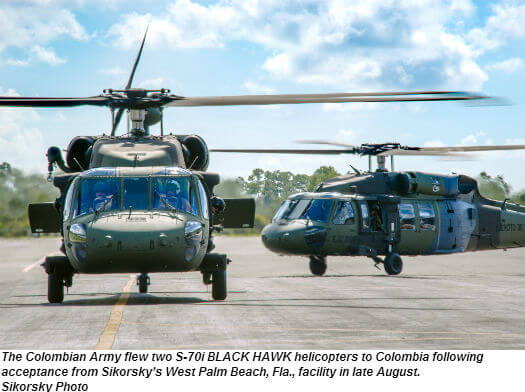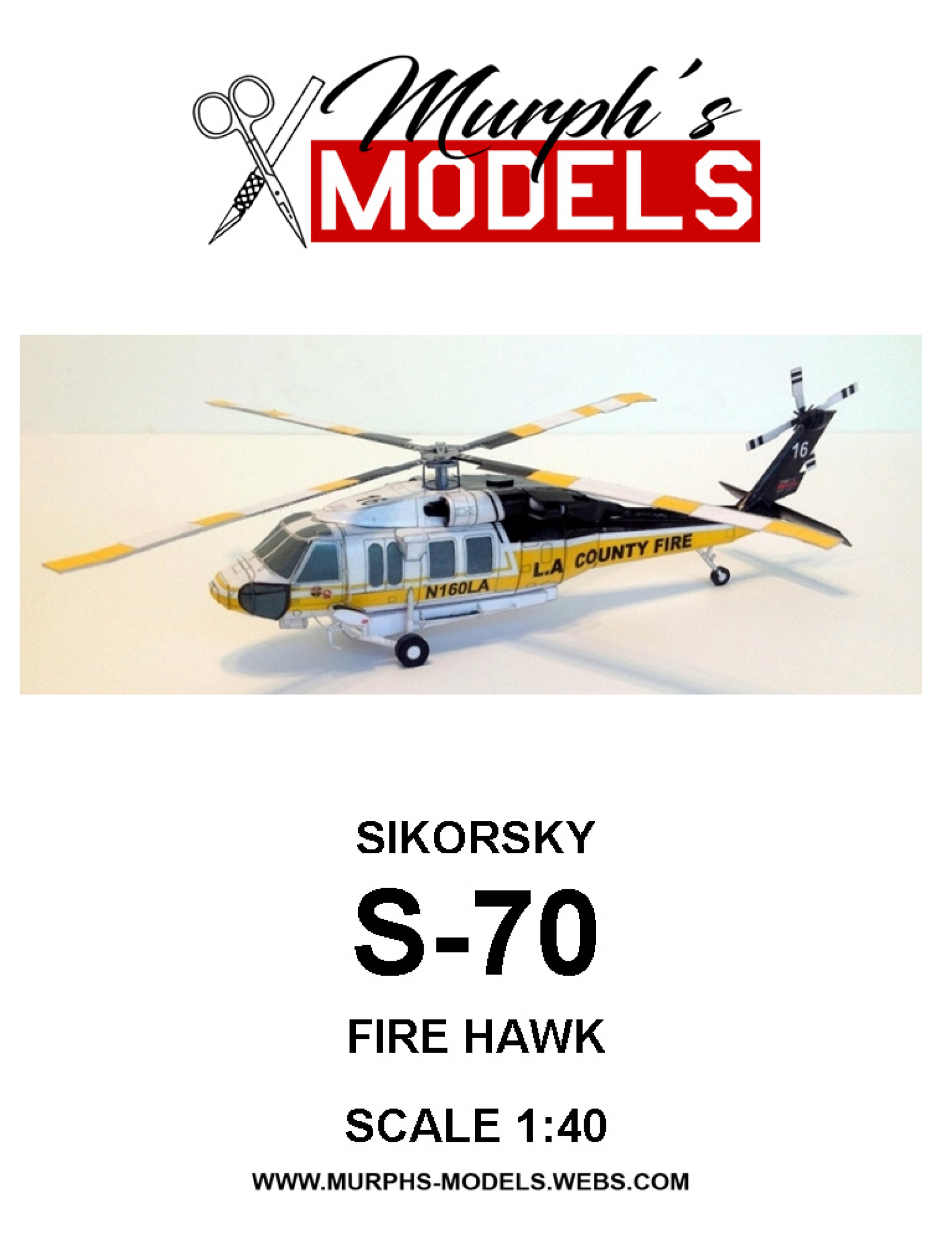Revealing the Sikorsky S 70: Advancements and Developments in Helicopter Engineering
Revealing the Sikorsky S 70: Advancements and Developments in Helicopter Engineering
Blog Article
Rotary-Wing Airplane Offering Superior Sturdiness and Precision Design
In the realm of aeronautics, rotary-wing airplane have long been recognized for their one-of-a-kind capabilities in different operational environments. From armed forces objectives to civilian applications, the development of rotary-wing technology has actually led the way for makers that supply unrivaled sturdiness and accuracy engineering. Through developments in materials and building strategies, coupled with advanced trip control systems, these airplanes have actually become crucial devices for jobs that demand both robustness and accuracy. As we explore the detailed equilibrium between development and reliability in rotary-wing airplane, it becomes evident that the convergence of sophisticated modern technology and tried and tested design principles has established a brand-new standard for performance and efficiency in the aerospace market.
Development of Rotary-Wing Modern Technology
Throughout the history of air travel, the development of rotary-wing technology has actually been a testimony to continual technology and development in aeronautical engineering. From the very early days of upright trip with primary layouts to the innovative helicopters and various other rotary-wing aircraft of today, the progress in this area has been impressive.
In the very early 1900s, pioneers like Igor Sikorsky and Juan de la Cierva made considerable strides in rotary-wing innovation. Sikorsky's VS-300 helicopter, very first flown in 1939, noted a zero hour in the advancement of useful rotary-wing airplane. This success led the way for further advancements in upright flight abilities.

Today, rotary-wing aircraft play crucial roles in various markets, consisting of armed forces procedures, emergency situation medical solutions, law enforcement, and commercial transportation. The evolution of rotary-wing innovation continues to push the limits of what is possible in vertical flight, making certain that these aircraft continue to be essential assets in the air travel sector.
Products and Building Innovations
Showing a fusion of advanced materials and accurate building strategies, rotary-wing aircraft have undertaken significant innovations in longevity and efficiency. One of the crucial developments in products made use of for rotary-wing aircraft is the increasing utilization of composite materials.
Additionally, the combination of sophisticated finishes and surface area therapies has actually played a vital function in improving the longevity of rotary-wing airplane. These coverings provide defense versus rust, abrasion, and extreme climate condition, expanding the lifespan of the aircraft and minimizing maintenance demands.
In regards to building and construction advancements, additive manufacturing, also known as 3D printing, has actually revolutionized the production of facility elements for rotary-wing aircraft. This innovation enables fast prototyping and modification, bring about much faster development cycles and decreased costs. In general, the constant development of materials and construction techniques is driving the capacities and efficiency of rotary-wing aircraft to brand-new heights.
Accuracy Trip Control Equipment

The assimilation of GPS modern technology even more improves the accuracy and reliability of these systems, permitting for exact navigation, waypoint monitoring, and automated flight control. sikorsky s 70. This degree of precision not just boosts the security of rotary-wing procedures yet likewise enhances general operational performance and goal effectiveness
In addition, the continual improvements in man-made intelligence and machine understanding have actually facilitated the development of independent trip capabilities within Accuracy Flight Control Systems. This enables rotary-wing airplane to carry out intricate missions with unequaled accuracy and consistency, making them indispensable properties in a large range of applications, consisting of army operations, search and rescue objectives, and airborne digital photography.
Toughness in Challenging Settings
In requiring operational setups, rotary-wing aircraft demonstrate outstanding resilience and toughness, ensuring optimum performance under difficult ecological conditions. These airplanes are created to stand up to a variety of ecological elements, consisting of severe temperature levels, high winds, and rough terrain, making them appropriate for different objectives in diverse landscapes.
One vital variable adding to the durability of rotary-wing aircraft is their tough building and construction. These airplanes are constructed using premium products and advanced design techniques to enhance their structural integrity and dependability. Furthermore, elements such as rotor blades, engine systems, and landing gear are thoroughly designed to hold up against the strains and anxieties encountered during procedures in difficult environments.
Moreover, rotary-wing aircraft are outfitted with advanced onboard systems that keep an eye official site on efficiency metrics in real-time, enabling for positive maintenance and early detection of potential concerns - sikorsky s 70. This positive technique helps protect against unforeseen failures and guarantees the ongoing airworthiness of the aircraft popular operational setups. On the whole, the resilience of rotary-wing aircraft in challenging settings is a testament to their premium engineering and design, making them vital properties for numerous mission-critical operations
Maintenance and Integrity Specifications
The adherence to stringent upkeep and dependability criteria is paramount in guaranteeing the optimum efficiency and safety and security of rotary-wing aircraft. Regular upkeep checks, carried out by licensed professionals, are necessary to identify and deal with any kind of potential issues before they compromise the aircraft's navigate here functionality. These checks include a thorough evaluation of all critical components, including the engine, rotor system, avionics, and hydraulic systems, to assure that they are in prime working condition.
Additionally, adherence to set up upkeep intervals based on supplier standards is crucial for supporting the aircraft's reliability. This proactive technique aids stop unanticipated malfunctions and ensures that the airplane stays airworthy for its designated objectives. Additionally, the implementation of robust reliability standards, such as regular element screening and replacement based upon established lifecycles, even more enhances the aircraft's dependability.
Verdict

To conclude, the innovations in rotary-wing aircraft technology have actually led to remarkable resilience and precision engineering. With innovative products and building and construction methods, together with accuracy flight control systems, these airplane can run in difficult environments with increased integrity. The maintenance and reliability standards ensure that these rotary-wing airplane remain to perform at their best, making them necessary assets for different sectors.
Demonstrating a combination of advanced materials and exact construction methods, rotary-wing aircraft have undergone significant improvements in resilience and efficiency. One of the key advancements in products made use of for rotary-wing airplane is the raising use of composite materials.With careful attention to information and progressed technical combination, rotary-wing aircraft have accepted Precision Flight Control Equipment as a cornerstone of their operational excellence. In general, the toughness of rotary-wing airplane in tough environments is a testament to their superior design and design, making them indispensable assets for various mission-critical procedures.
In verdict, the innovations in rotary-wing airplane modern technology have actually led to premium longevity and precision design.
Report this page